Best Practices To Support Animal Welfare and Tourism: Insights From Industry Experts
Nature is so important for our general well-being. It’s no surprise then that wildlife and animal tourism is a massive industry. In fact, the World Economic Forum estimated nature to have a GDP of around $44 trillion.
As we know, animal welfare and tourism is an area that requires a great deal of care. Sadly, animals have been and continue to be exploited in many settings. So, implementing responsible practices around our natural environment is essential for creating sustainable industries going forward.
Recently, experts weighed in on this exact matter during our roundtable on animal protection in tourism. Daniel Turner and Helen Usher of Animondial, and John Sutherland of Collette, joined us to provide guidance on:
- what experiences that involve animals to sell and not to sell
- how to shape and define your commitment to animal protection
- helping your business better protect animals in its operations
Below, we’ve drawn out some of the main insights from the webinar to share with you.
Understanding Animals In Tourism
When speaking about animal welfare and tourism, there are areas where, as a tour operator, you can control what you do and don’t sell as part of your package.
You can determine ahead of time how involved your tour is with animals under these conditions and whether or not to include these types of activities in your offerings.
Animals In The Wild
Wildlife tourism enables us to get immersed and experience animals in their natural habitat. Examples of this type of encounter include safari game drives or whale watching cruises.
Here, encounters generally take place in the animals’ natural environment. However, in some cases, guided tours can disrupt their welfare and survival. For example, some whale watching tours or shark cage diving adventures can alter their feeding habits or movement, causing an interruption to their natural patterns of being.
Wild Animals Kept In Captive Environments
This includes zoos, elephant camps, and animal sanctuaries where animals rely on their keepers to survive.
While some of these environments are responsible, others are not.
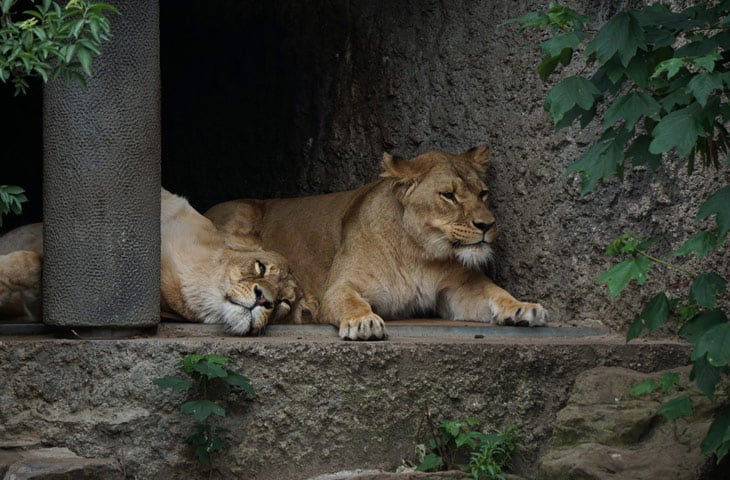
For example, some sanctuaries take in mistreated or injured animals that otherwise wouldn’t be able to survive in the wild. They rehabilitate them and treat them with care.
In other cases, animals are bred for captivity. They are mistreated, poorly fed, and managed as though they are attractions and not living creatures.
Domesticated Animals
These are animals that have been bred over thousands of years for human use. A good example of this would be horses, camels, or donkeys used for riding activities. Again, there are instances where animals are cared for and others where they aren’t.
Earlier, we spoke about control. Aside from the three instances above, which you can level your involvement in, there are instances in tourism where tour operators don’t have direct control over animal encounters.
This may be when animals form part of cultural practices, opportunist experiences, or are there solely to interact with tourists and make money. Examples of this could be snake charming, animals used in begging, or eating unusual animals as part of a cultural experience.
These types of activities are issues of concern. But you can’t necessarily pick or choose your group’s involvement in these; they simply exist.
Instead, it’s important to be aware of what these activities are and take the necessary steps to work toward being an influence of change.
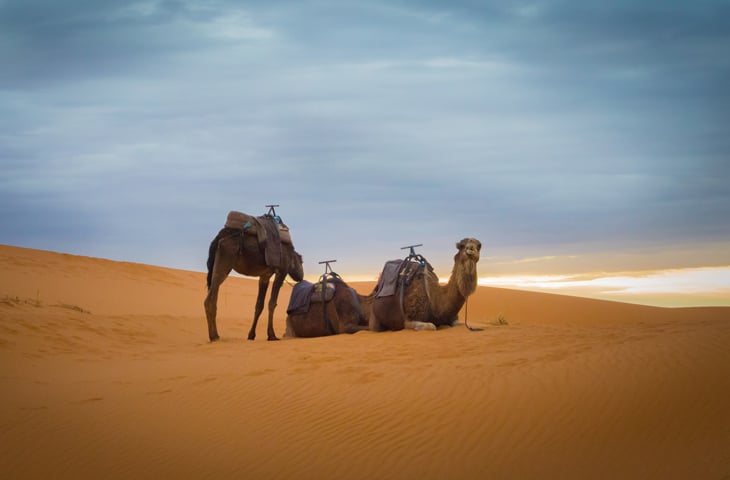
Problems With Animal Welfare and Tourism
So, now we know that even if a business does not directly sell animal interactions, it’s still possible to have a stake in their welfare. The problem is that when animal interactions are not carefully managed, they can lead to mistreatment, loss of biodiversity, and even the spread of disease.
Here are some of the critical big picture problems that relate to tourism and animal welfare.
Creating Irresponsible Industries
Irresponsible animal tourism can create large industries. An example of this is animals kept in captivity and shown off for their entertainment value.
By supporting one snake charmer or a dolphin show, you are condoning the behavior of industries that profit from the exploitation of animals and the uncouth living conditions they are forced to live under.
Infections and Diseases
Zoonotic diseases, such as swine flu and bird flu, occur when infectious pathogens cross the divide between animals and humans.
The more we break down the barrier between people and nature, the more we disrupt natural environments. This can lead to severe outbreaks, epidemics, or pandemics that have devastating effects on populations.
Loss In Biodiversity
Creating industries out of the abuse of animals can lead to rapid biodiversity loss.
Biodiversity refers to the massive range of creatures on Earth and how they all work together to form perfectly in-tune ecosystems.
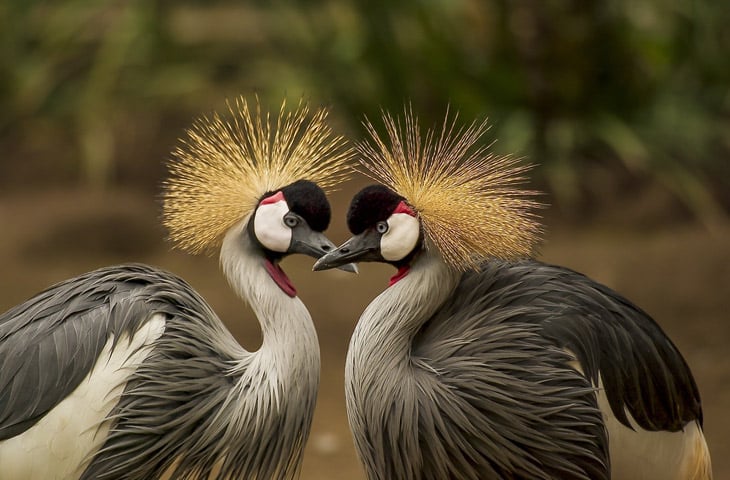
When you reduce biodiversity, the entire ecosystem suffers. Species can become extinct, while others overrun their space. It can create an imbalance within the natural environment.
Illegal Wildlife Trade
If not managed correctly, the success of one area of animal tourism may result in the rise of other related illegal business ventures, like animal trading. Illicit animal trading has a significant impact on biodiversity. It may cause health and safety concerns for the animals and can be highly unethical.
Best Practices To Support Animal Welfare and Tourism
Well-managed animal tourism allows domestic and wildlife industries to exist without harm to the animals. By achieving this, tourism can be a major protector of nature.
Here are some important steps you can implement to help your business be an influence of change:
1. Review Your Animal Experiences and Identify The High-Risk Factors
Identify all your animal-based tour experiences and look for any potential risk factors. This includes activities that can potentially compromise the welfare of the individual animal, the entire species, and the people involved in that practice.
2. Define Your Vision and Commitment To This Mission
Take some time to work out how you want to approach animal protection in tourism. Get your team together, discuss what you want to achieve with your policy, and figure out the barriers you might come across.
Everyone should be on board and have a clear understanding of the goals.
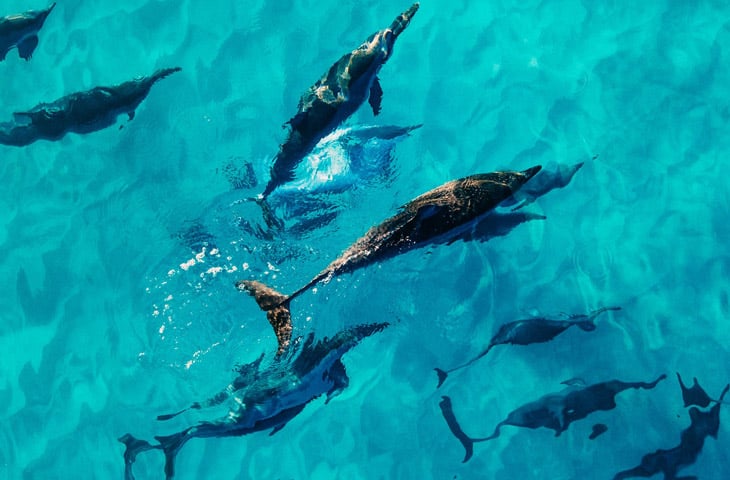
Once you have committed to promoting welfare and sustainable animal tourism practices, it’s time to align your vision with your offering.
To do this, you can refer to industry guidance, for example, from the ABTA, to ensure the tours you sell meet acceptable practices. Be sure to let your clients know what you do to support sustainable tourism in this space.
3. Be Mindful Of How You Approach Change
Be aware of the chain reaction that might result if you suddenly stop selling a particular activity. It’s natural to want to delist potentially harmful animal interactions, but this can have a further negative impact on the animals and livelihoods that have been built around these over the years.
An idea here is to include your suppliers in the journey of change. Let them know why you plan to stop selling their product and what they can do to meet industry best practices going forward. You may well find many of them are willing to step up to the plate.
4. Make An Investment In Nature
Now that you’ve committed to your animal welfare policy, you should look outward to see how you can enhance what you’re already doing in the natural environment.
Identify genuinely good animal tourism products and emphasize your support. Don’t just choose what not to support, but look for tourism opportunities that are doing amazing work and deserve recognition.
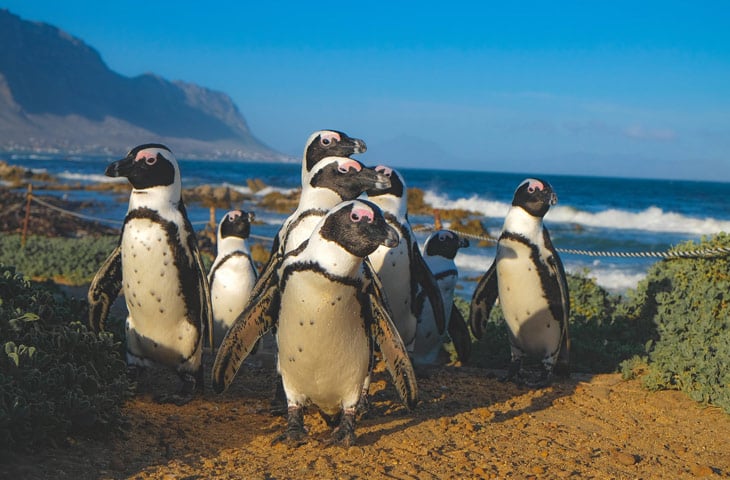
5. Influence Meaningful Change
When there are activities outside your areas of control, try to raise awareness. Use your influence in the sector to bring this to the attention of designated authorities to help spur change.
Final Thoughts
When animal and wildlife tourism is managed correctly, experiences can be educational, inspiring, and support conservation. As issues come to light, it’s everyone's responsibility to ensure they are an influence for change. The repercussions of not acting can be dire, not to mention, result in loss of biodiversity, spur illegal trade, and spread disease.
If you’d like to get in touch with the speakers from the roundtable, reach out to them directly on:
Daniel Tuner: https://www.linkedin.com/in/daniel-turneranimondial/
John Sutherland: https://www.linkedin.com/in/john-sutherland-4a4b2336/
Helen Usher: https://www.linkedin.com/in/helen-usher-54037240/
To get more posts like this delivered directly to your inbox, sign up for our newsletter below.
New resources, straight to your inbox
We’re committed to your privacy. WeTravel uses the information you provide to us to contact you about our relevant content, products, and services. You may unsubscribe at any time.



